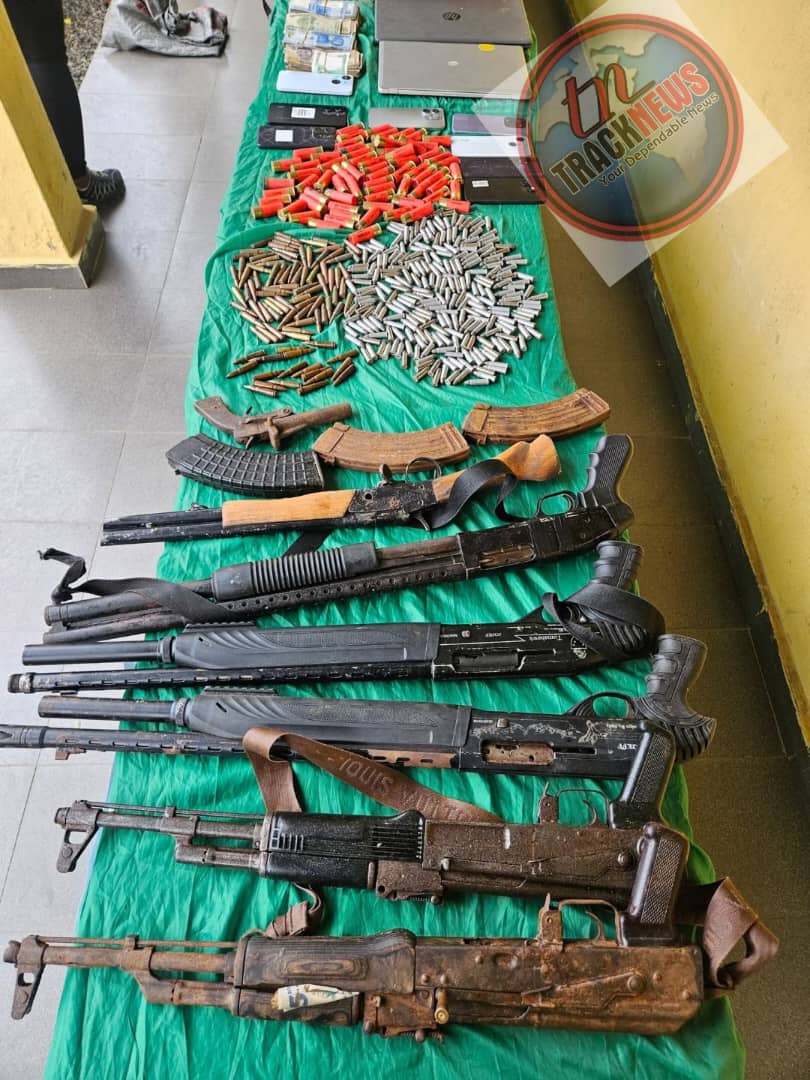Katsina State Governor Dikko Umar Radda on Wednesday presented a proposed ₦897.8 billion budget for the 2026 fiscal year to the Katsina State House of Assembly. The new budget represents a 29.7 percent increase from the 2025 fiscal appropriation, reflecting the administration’s focus on expanding infrastructure, social services, and economic growth across the state.
Governor Radda, while laying the budget before the lawmakers in Katsina, described the proposal as a strategic plan aimed at accelerating development and improving the living standards of citizens. The governor said the budget prioritizes capital investments, job creation, and poverty reduction in line with his administration’s development agenda.
According to the breakdown, ₦730.1 billion, representing about 81 percent of the total budget, is earmarked for capital projects. The remaining ₦167.7 billion will go to recurrent expenditure, covering salaries, administrative costs, and government operations. The governor said the heavy allocation to capital spending underscores his administration’s determination to enhance infrastructure and provide long-term value to the people of Katsina.
Radda explained that the 2026 fiscal plan focuses on key sectors such as education, healthcare, agriculture, and economic empowerment. He said the economic and social sectors would receive the largest share of the allocation to stimulate productivity and promote inclusive growth across all local government areas.
The governor assured lawmakers that his administration would continue to implement prudent financial management practices to ensure that every naira spent delivers measurable results. He also called for the cooperation of the Assembly in passing the budget on time to enable early implementation in the new fiscal year.
Governor Radda stated that the 2026 budget is anchored on transparency, accountability, and the efficient use of public resources. He noted that the government has introduced measures to improve internal revenue generation and reduce dependence on federal allocations. According to him, this will be achieved through tax reforms, digital revenue collection systems, and the diversification of the state’s economy.
He emphasized that the proposed spending would target critical infrastructure such as roads, schools, hospitals, and water projects to bridge developmental gaps, especially in rural communities. The administration, he said, intends to focus on projects that have direct impact on citizens and align with the broader goal of sustainable growth.
Governor Radda also highlighted plans to boost the agricultural sector, which remains a major source of livelihood for most residents. He said the government will continue to support farmers through access to inputs, training, and market linkages to increase productivity and ensure food security.
In the education sector, the governor disclosed that the budget provides for the renovation of schools, recruitment of qualified teachers, and investment in technical and vocational training to equip young people with employable skills. Similarly, the health sector allocation will be used to upgrade hospitals, improve primary healthcare services, and expand access to medical care across the state.
Lawmakers commended the governor for presenting what they described as a development-focused budget. They pledged to work closely with the executive to scrutinize the proposal and ensure that allocations reflect the needs and priorities of the people.
Governor Radda concluded by reaffirming his commitment to delivering tangible development outcomes through efficient budget implementation. He urged ministries and agencies to adhere strictly to financial regulations and project timelines to guarantee accountability and transparency in public spending.
The presentation of the ₦897.8 billion 2026 budget marks a significant step in Katsina State’s efforts to strengthen its economy, improve infrastructure, and enhance the welfare of its citizens in the coming year.





